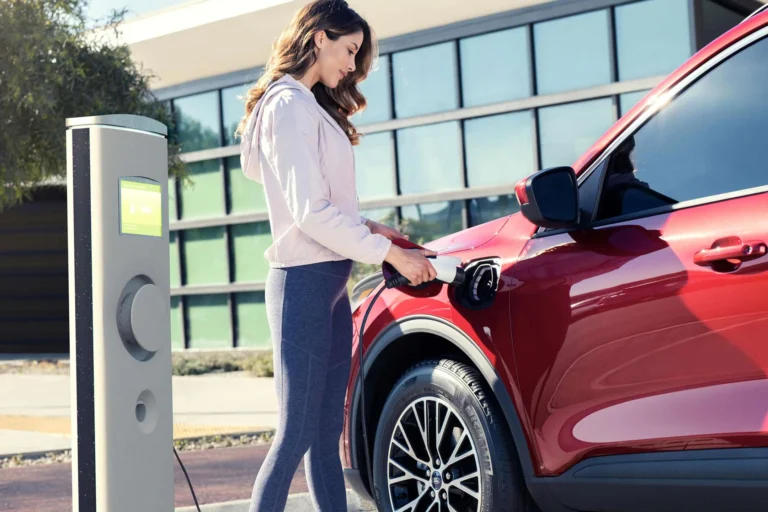Plug-in hybrid vehicles, presented as an ecological and economical alternative, consume much more than what manufacturers claim, reveals a report from the European Commission cited by L’Automobiliste.
**A consumption gap up to four times higher**
Based on the analysis of 600,000 vehicles, the report highlights a significant gap between the displayed consumption figures and the reality on the road. Thanks to the On Board Fuel Consumption Monitoring (OBFCM) system, mandatory on all new cars since 2021, the data shows an average consumption of 5.94 liters per 100 km, while manufacturers announce 1.69 liters.
**Poor use of plug-in hybrids?**
According to the European Commission, this gap is partly explained by how drivers use these vehicles. In theory, they should predominantly drive in electric mode, but in practice, the lack of frequent recharges leads drivers to rely more on the internal combustion engine. The result: a consumption and CO2 emissions much higher than expected.
Manufacturers are not absolved of their responsibility. Current homologation tests still do not reflect consumption under real conditions. An evolution of the system is planned, but not before 2025, the European Union specifies.


